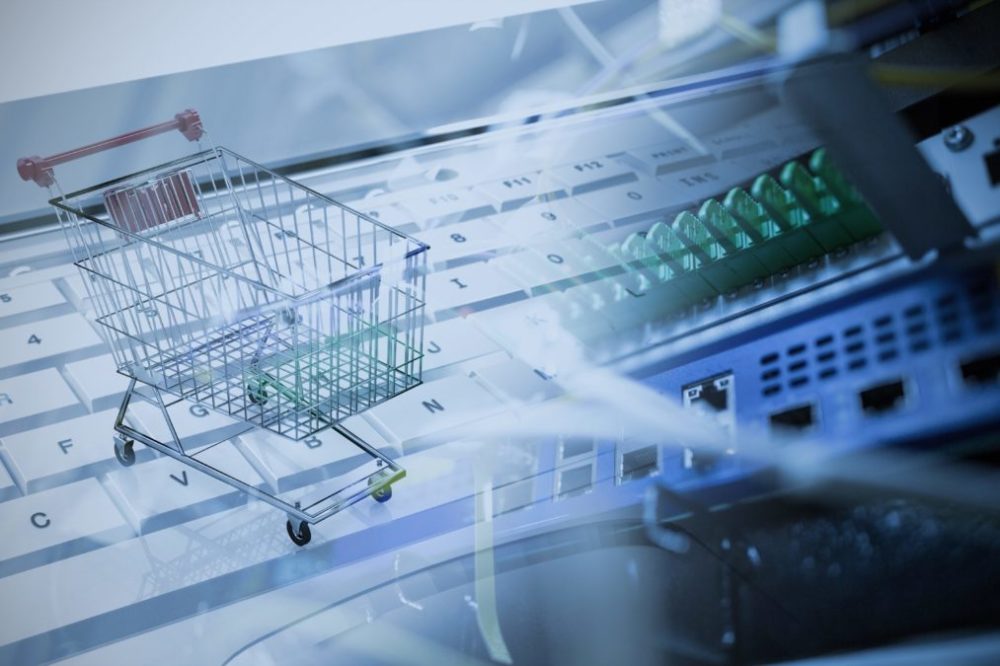Despite the current climate of currency volatility, tariffs and trade wars, Gartner believes that global IT spending in 2019 will total $3.8 trillion, an increase of 3.2 per cent from expected spending of $3.7 trillion in 2018.
According to Gartner, intertwined through every segment of this predicted growth is the shift from ownership to service. Enterprise software spending is forecast to increase by 8.3%.
The top 10 strategic technology trends for 2019, according to Gartner
John-David Lovelock, research vice president at Gartner, said: “What this signals, for example, is more enterprise use of cloud services — instead of buying their own servers, they are turning to the cloud. As organisations continue their digital transformation efforts, shifting to ‘pay for use’ will continue. This sets enterprises up to deal with the sustained and rapid change that underscores digital business.”
Software as a service is driving growth in almost all software segment, in particular, due to an increased focus on providing better customer experiences, customer relationship management (CRM) is seeing significant growth.
Cloud software will grow at more than 22% this year compared with six per cent growth for all other forms of software. While core applications such as enterprise resource planning, CRM and supply chain continue to get the lion share of dollars, security and privacy are of particular interest right now. According to a recent global survey, 88% of CIOs have deployed or plan to deploy cybersecurity software and other technology in the next 12 months.
>See also: Gartner identifies 6 barriers to becoming a digital business
But software does not account for all the growth. When it comes to worldwide spending for devices — PCs, mobile phones and tablets — Gartner forecast an increase of 2.4% in 2019, reaching $706 billion, up from $689 billion in 2018.
According to Gartner, the PC market may see some impact from the Intel CPU shortage. While this shortage will have some short-term impacts, Gartner does not expect any lasting impact on overall PC demand. In the meantime, AMD will pick up the part of the market where Intel cannot supply CPUs.
“PCs, laptops and tablets have reached a new equilibrium state. These markets currently have stable demand from consumers and enterprises. Vendors have only subtle technology differentiation, which is pushing them to offer PC as a Service in order to lock clients into multiyear recurring revenue streams and offer new bundles service options,” added Lovelock.
>See also: Digital transformation – What’s next for business’ biggest buzzword?







